In the dynamic world of logistics and transportation, the efficiency and reliability of container chassis play a pivotal role in ensuring seamless cargo movement. At CarMax Vehicle, we specialize in manufacturing top-tier container chassis that meet the highest industry standards. This comprehensive guide delves into the intricate specifications of container chassis, providing invaluable insights for businesses aiming to optimize their freight operations.
Understanding Container Chassis
A container chassis serves as the bridge between shipping containers and various modes of transportation, particularly trucks. It ensures the secure placement and movement of containers over land, facilitating intermodal transport. The design and specifications of a container chassis are crucial for maintaining cargo integrity, ensuring safety, and enhancing operational efficiency.
Key Components of a Container Chassis
| Component | Description |
|---|---|
| Frame | The structural backbone, typically made of high-strength steel for durability. |
| Axles | Support the weight of the container, often featuring dual or triple configurations. |
| Suspension System | Absorbs shocks and vibrations, ensuring smooth transportation. |
| Hitch Mechanism | Connects the chassis to the tractor unit, enabling secure coupling. |
| Braking System | Integrated brakes for effective stopping and safety compliance. |
| Mounting Rails | Facilitate the secure attachment of containers to the chassis. |
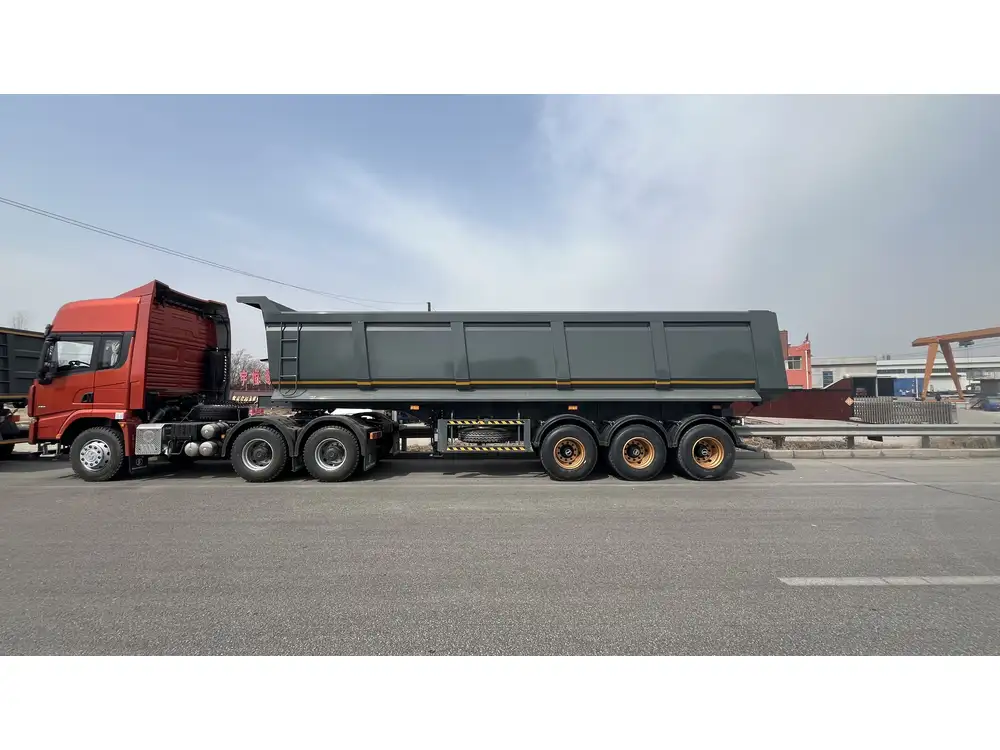
Detailed Specifications of CarMax Vehicle’s Container Chassis
CarMax Vehicle prides itself on delivering container chassis that excel in performance, durability, and safety. Below, we outline the detailed specifications that set our chassis apart in the competitive market.
Dimensions and Weight Capacity
| Specification | Details |
|---|---|
| Overall Length | 16 to 53 feet, accommodating various container sizes |
| Width | Standardized at 8.5 feet to match container dimensions |
| Height | Adjustable to comply with transport regulations |
| Gross Vehicle Weight (GVW) | Up to 80,000 lbs, adaptable based on requirements |
Materials and Build Quality
Our container chassis are constructed using high-grade steel alloys, ensuring robustness and longevity. The choice of materials not only enhances structural integrity but also contributes to corrosion resistance, a critical factor in diverse operating environments.
- Frame Material: High-strength carbon steel for optimal load-bearing capacity.
- Axle Construction: Forged steel axles designed to withstand heavy-duty usage.
- Suspension: Air-ride or leaf spring systems tailored to specific transportation needs.

Suspension Systems
CarMax Vehicle offers versatile suspension options to cater to different transport scenarios:
- Air-Ride Suspension: Provides superior shock absorption, resulting in reduced wear and tear on cargo and increased driver comfort.
- Leaf Spring Suspension: Offers a cost-effective solution with reliable performance for standard freight operations.
Braking Systems
Safety is paramount in our container chassis designs. We incorporate advanced braking systems that ensure responsive and reliable stopping power.
- Type: Hydraulic or pneumatic drum brakes, with options for disc brakes.
- Compliance: Meets or exceeds DOT regulations for commercial vehicle safety.
- Integration: Compatible with electronic braking systems for enhanced control.
Hitch Mechanism and Coupling
The hitch mechanism is engineered for seamless coupling with tractor units, ensuring stability and safety during transit.
- Type: Twist-lock or Spanlok systems, configurable based on client preferences.
- Locking Mechanism: Automated locking features to secure the container effortlessly.
- Compatibility: Universal fit for most tractor units in the market.
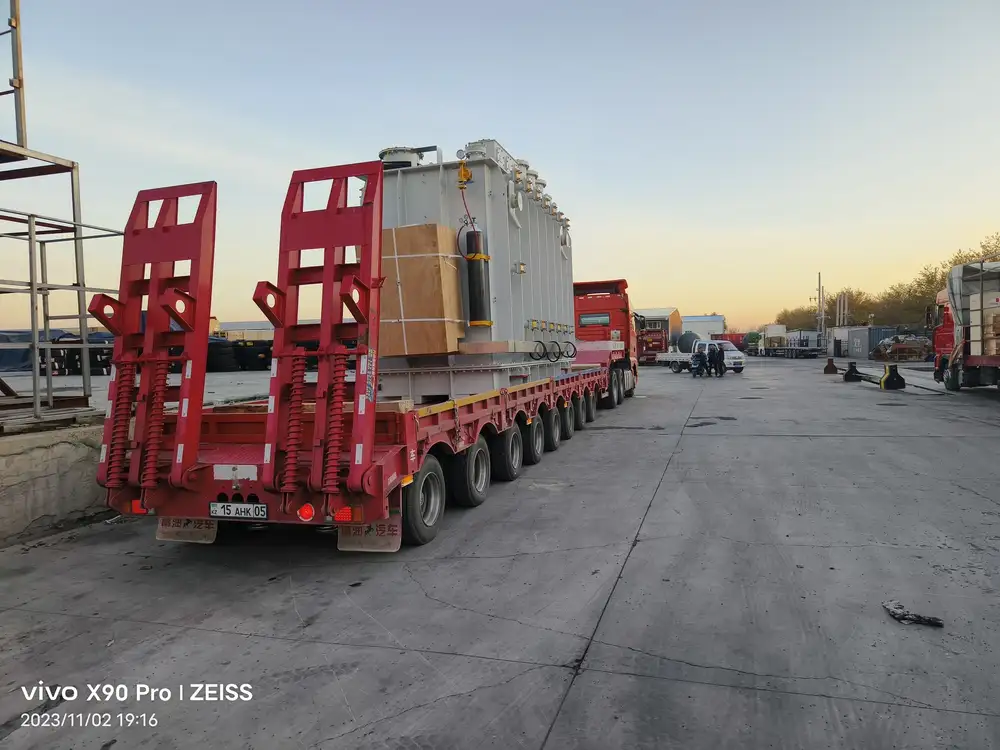
Mounting Rails and Container Compatibility
Our chassis feature adjustable mounting rails, facilitating the secure attachment of various container types, including:
- Standard Containers: 20 ft and 40 ft ISO containers.
- Refrigerated Containers: Ensuring temperature-controlled transport.
- Specialized Containers: Adaptable for oversized or uniquely shaped cargo.
Advantages of Choosing CarMax Vehicle’s Container Chassis
Selecting CarMax Vehicle for your container chassis needs offers numerous benefits that enhance your transportation operations.
Superior Durability and Longevity
Our chassis are designed to endure the rigors of constant use, minimizing maintenance costs and downtime. The use of high-strength materials ensures that our chassis can handle heavy loads without compromising structural integrity.

Enhanced Safety Features
Safety is ingrained in every aspect of our chassis design. From robust braking systems to secure hitch mechanisms, our container chassis provide peace of mind for operators and clients alike.
Customizable Specifications
We understand that each business has unique requirements. CarMax Vehicle offers customization options in terms of dimensions, suspension types, and braking systems to match your specific operational needs.
Cost-Effective Solutions
By investing in our high-quality container chassis, businesses can reduce long-term operational costs through enhanced durability, lower maintenance needs, and improved fuel efficiency.

Compliance with Regulatory Standards
Our container chassis meet all relevant transportation and safety regulations, ensuring that your fleet remains compliant and avoids potential fines or operational delays.
Comparative Analysis: CarMax Vehicle vs. Competitors
To highlight the superiority of CarMax Vehicle’s container chassis, let’s compare key specifications against typical market offerings.
| Feature | CarMax Vehicle | Typical Competitor |
|---|---|---|
| Frame Material | High-strength carbon steel | Standard steel alloys |
| Weight Capacity | Up to 80,000 lbs | Up to 70,000 lbs |
| Suspension Options | Air-ride and leaf spring | Primarily leaf spring |
| Braking Systems | Advanced hydraulic and pneumatic systems | Basic drum brakes |
| Customization | Extensive, tailored to client needs | Limited customization |
| Compliance | Exceeds DOT and international standards | Meets basic regulatory requirements |
Applications of CarMax Vehicle’s Container Chassis
Our container chassis are versatile and cater to a wide range of applications across various industries:

Freight Transportation
Ensuring the efficient movement of goods across long distances, our chassis support both local and international freight operations.
Intermodal Transport
Facilitating the seamless transfer of containers between ships, trains, and trucks, enhancing the flexibility and efficiency of your logistics chain.
Specialized Cargo
From refrigerated goods to oversized machinery, our adaptable chassis provide the necessary support and stability for diverse cargo types.

Construction and Heavy Equipment
Transporting construction materials and heavy machinery requires robust chassis with high weight capacities, a specialty of CarMax Vehicle.
Maintenance and Longevity
Proper maintenance is essential to extend the lifespan of container chassis and ensure consistent performance. Here are key maintenance practices recommended for our chassis:
Regular Inspections
- Frame Integrity: Check for signs of wear, cracks, or deformation.
- Brake Functionality: Inspect brake pads, discs, and hydraulic lines for wear and effectiveness.
- Suspension Systems: Ensure air pressures are maintained (for air-ride) and leaf springs are not damaged.

Lubrication and Cleaning
- Moving Parts: Regularly lubricate axles, bearings, and pivot points to prevent corrosion and ensure smooth operation.
- Corrosion Prevention: Clean the chassis to remove road salts and debris, applying protective coatings as necessary.
Tire Maintenance
- Tire Pressure: Maintain optimal tire pressures to ensure load distribution and prevent premature tire wear.
- Tread Inspection: Regularly inspect tire tread for signs of wear or damage, replacing as required.
Component Replacement
Proactively replace worn or damaged components to avoid larger issues and ensure the continued reliability of the chassis.
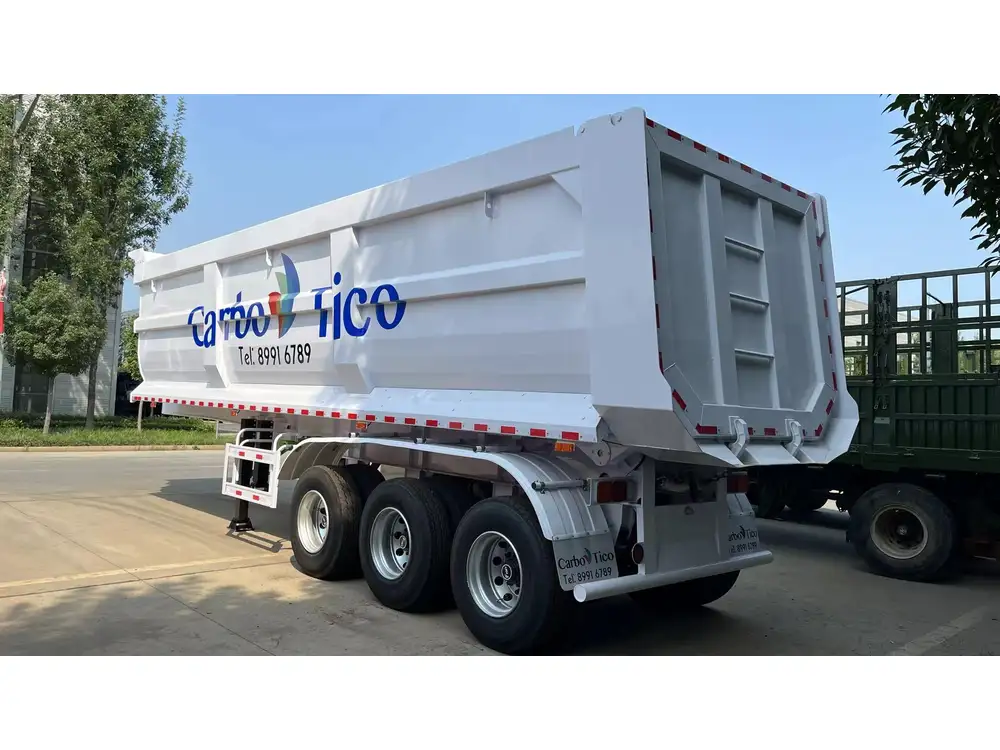
Innovations in Container Chassis Design
CarMax Vehicle remains at the forefront of innovation, integrating the latest technologies and design advancements into our container chassis offerings.
Smart Chassis Technology
Incorporating IoT sensors and telematics, our smart chassis provide real-time data on performance metrics, enabling proactive maintenance and improved fleet management.
Sustainable Manufacturing
Committed to environmental responsibility, we utilize eco-friendly materials and manufacturing processes to reduce our carbon footprint without compromising on quality.

Enhanced Ergonomics
Design improvements focused on driver comfort and ease of operation, contributing to reduced operator fatigue and increased productivity.
Selecting the Right Container Chassis for Your Needs
Choosing the appropriate container chassis involves considering various factors to ensure alignment with your operational requirements. Here’s a step-by-step guide to aid in your selection process:
Assess Your Cargo Requirements
- Type of Containers: Determine the sizes and types of containers you frequently transport.
- Load Capacity: Calculate the average and maximum weights of your cargo to select a chassis with adequate weight capacity.
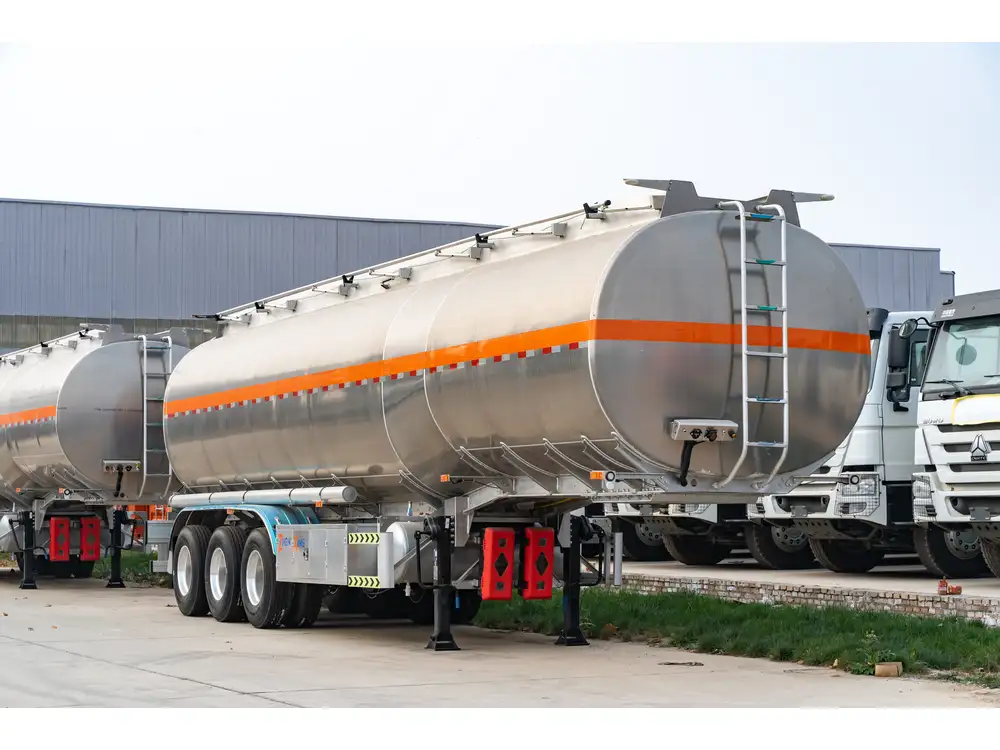
Evaluate Terrain and Route Conditions
- Road Types: Consider the nature of roads and terrains your chassis will navigate, choosing suspension and braking systems accordingly.
- Climate Conditions: Ensure materials and components are suitable for the weather conditions prevalent in your operational areas.
Determine Customization Needs
- Special Features: Identify any specific features or modifications required, such as additional mounting points or specialized suspension systems.
- Future Expansion: Anticipate potential changes in your fleet or operational scope, selecting chassis that offer scalability.
Budget Considerations
Balance your budget with the quality and specifications needed to meet your operational demands. Investing in higher-quality chassis can lead to long-term savings through reduced maintenance and enhanced durability.
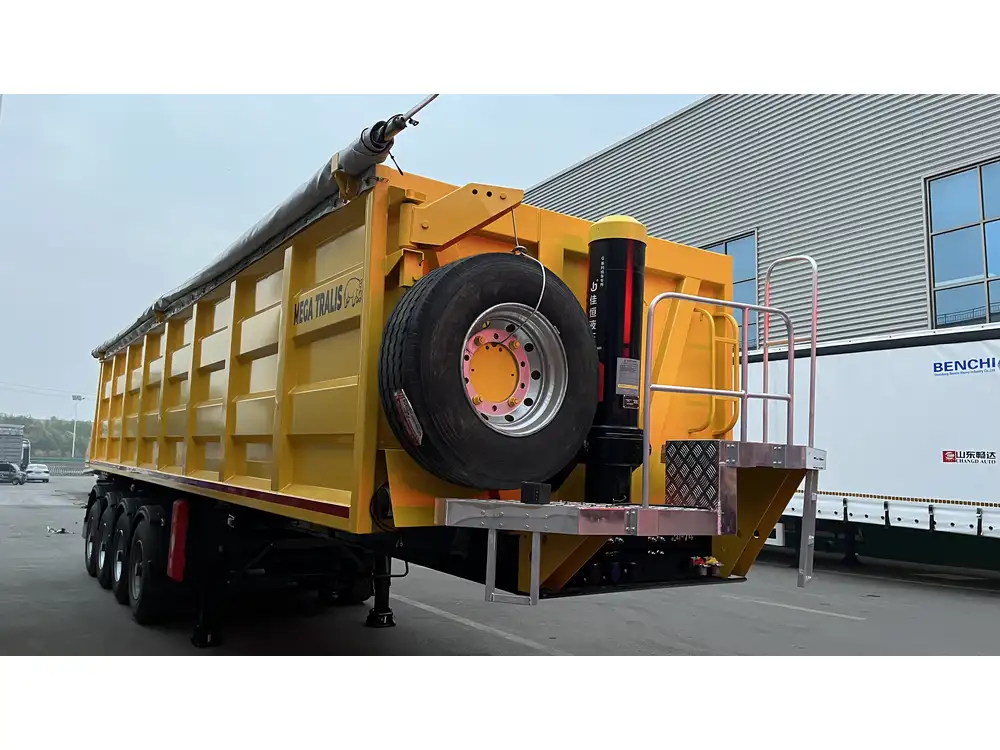
Conclusion
CarMax Vehicle stands as a beacon of excellence in the manufacturing of container chassis, offering meticulously designed products that cater to a diverse range of transportation needs. Our commitment to quality, safety, and innovation ensures that businesses can rely on our chassis to optimize their logistics operations effectively. By understanding and leveraging the detailed specifications outlined in this guide, you can make informed decisions that propel your business towards greater efficiency and success.
Frequently Asked Questions
1. What are the standard dimensions for container chassis?
Container chassis typically range from 16 to 53 feet in length and maintain a standardized width of 8.5 feet to accommodate various container sizes, including 20 ft and 40 ft ISO containers.
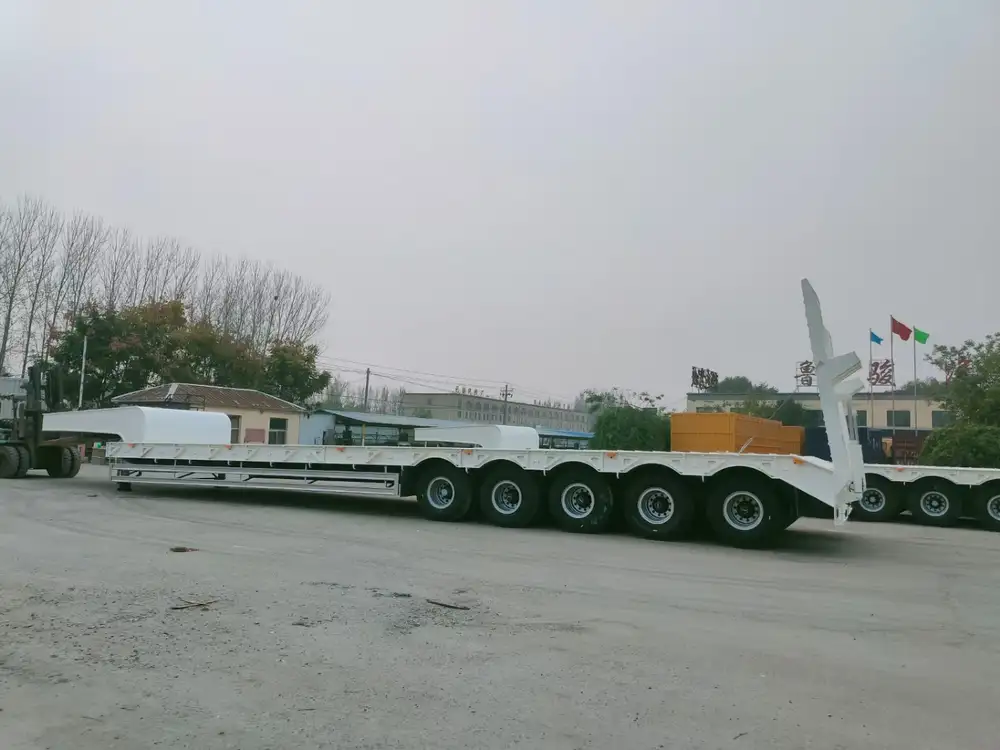
2. How does the suspension system impact the performance of a container chassis?
The suspension system plays a crucial role in absorbing shocks and vibrations, ensuring the stability of the cargo and enhancing the overall ride quality. Options like air-ride suspension offer superior comfort and protection for sensitive cargos, while leaf spring systems provide reliable and cost-effective performance for standard operations.
3. What maintenance practices are essential for ensuring the longevity of container chassis?
Regular inspections of frame integrity, brake functionality, and suspension systems are essential. Additionally, consistent lubrication of moving parts, corrosion prevention measures, tire maintenance, and timely replacement of worn components are critical for extending the lifespan of container chassis.
4. Can CarMax Vehicle’s container chassis be customized to fit specific needs?
Yes, CarMax Vehicle offers extensive customization options, including adjustable dimensions, various suspension types, advanced braking systems, and specialized features to meet the unique requirements of different businesses and operational scenarios.

5. How does CarMax Vehicle ensure the safety of its container chassis?
Safety is a paramount focus, with our chassis featuring advanced braking systems, secure hitch mechanisms, robust frame construction, and compliance with all relevant DOT and international safety standards. These features collectively ensure reliable and safe transportation of goods.



